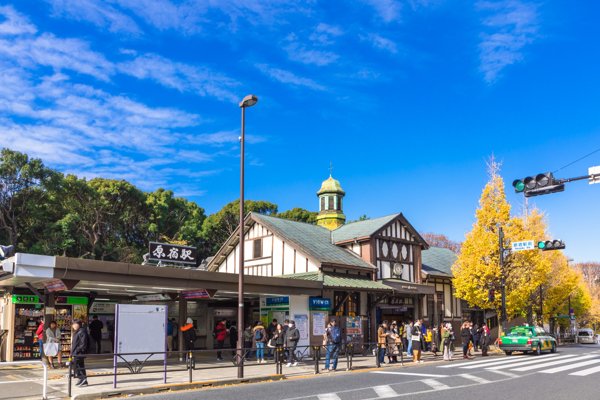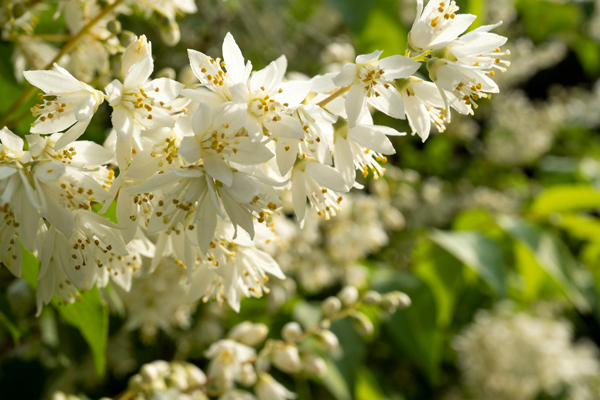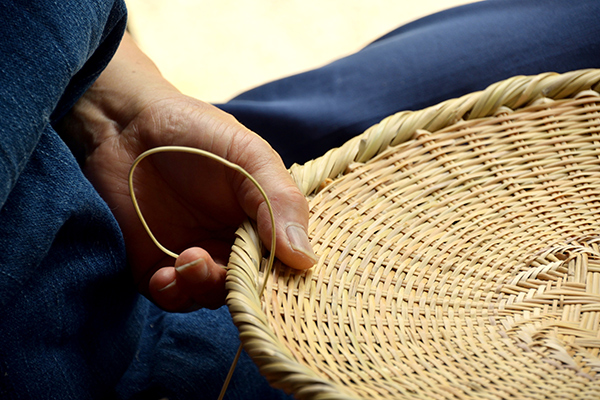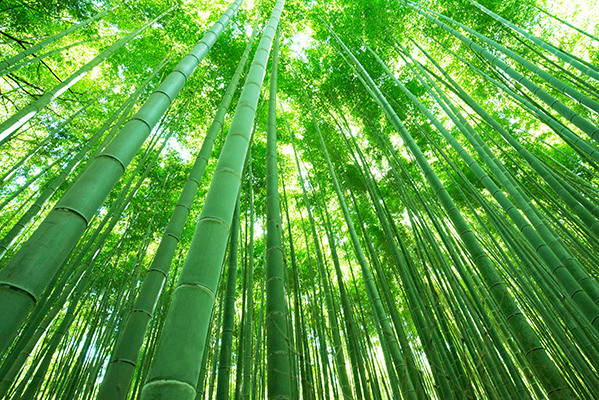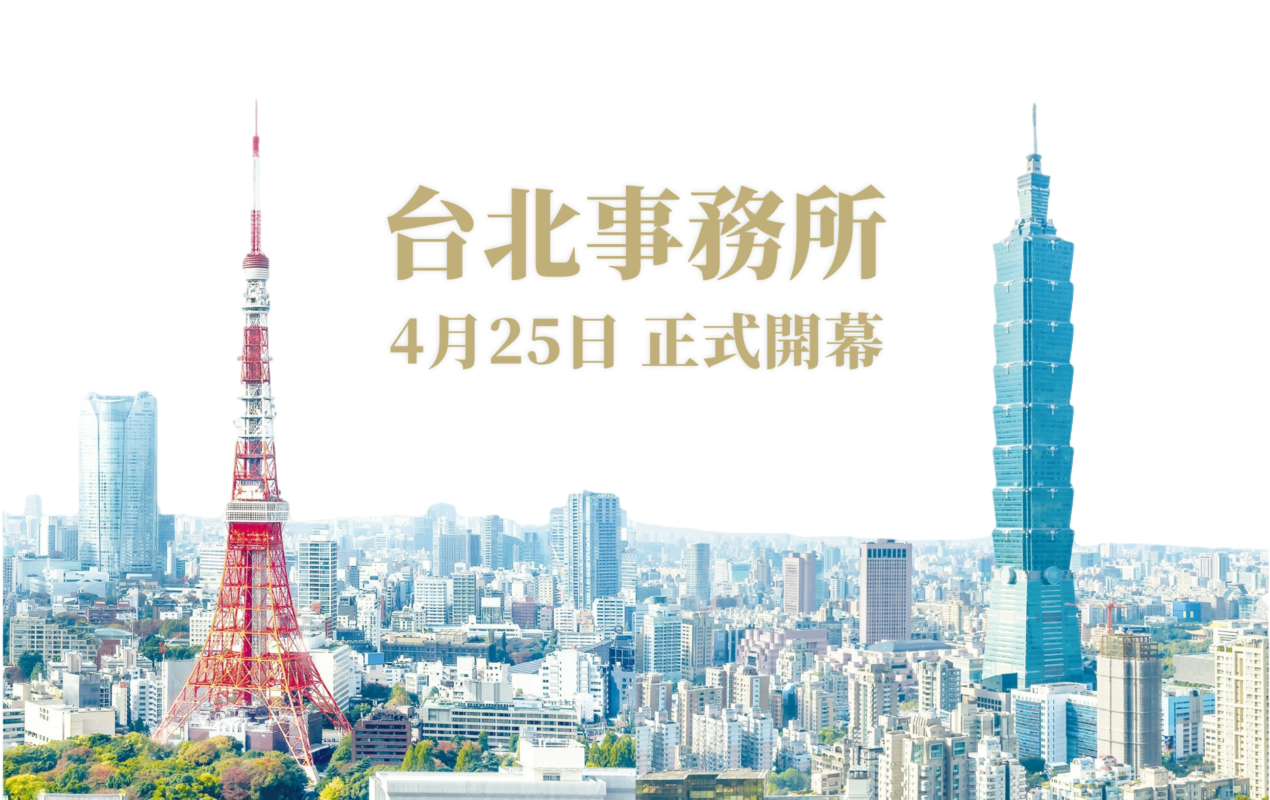"Harajuku," located in Shibuya, Tokyo, is known as a hub for fashion and youth culture. However, understanding the origins and history of its name may change your perspective on the area. This article explores the meaning behind the name "Harajuku," its history, and its journey to modern times.
The Origin of the Name
1.
The name "Harajuku" is deeply connected to the geography and history of the area.
• "Hara"
During the Kamakura period, it is said that a clan of samurai with the surname "Hara" lived in this region. Because they governed the area, it eventually came to be called "Hara."
• "Juku"
In the Edo period, Harajuku developed as a junction of the Tōkaidō and Kōshū highways, forming a post town. The name "Harajuku" spread as a resting place for travelers and became established.
2. The Theory Based on Natural Expanses
Another theory suggests that the name comes from the fact that this area was once a vast expanse of grassland. The rich natural surroundings contributed to the background of the name "Hara," and as the post town developed, the name "Harajuku" took root.
Harajuku in the Edo Period: Its Role as a Key Point on the Highway
1. The Intersection of the Tōkaidō and Kōshū Highways
During the Edo period, Harajuku was located at the point where the Tōkaidō, one of the five main highways, diverged from the Kōshū Highway. As a result, it became a bustling post town with many travelers passing through. Tea houses and inns lined the streets, allowing it to develop as a hub for those on the road.
2. Life and Culture in the Post Town
In addition to eateries and lodging for travelers, the area was also active in the trade of local agricultural products and handicrafts. Along the highway, shrines and altars dedicated to praying for safe travels were scattered, serving as a source of comfort for travelers. Even today, there are small paths around Harajuku Station that retain the atmosphere of that era.
Hidden Stories Behind the Name
1. The Horse Market and the
Once, there was a place called "Komagata" in Harajuku, where horse trading was prevalent. During the Edo period, this area was temporarily referred to as "Umayado," as the horse market was considered an important part of the local economy.
2. Meiji Shrine and the Origin of
In 1915, with the establishment of Meiji Shrine, the area around Harajuku Station was redeveloped as "Jingumae." Previously known as "Harajuku Village," the creation of Meiji Shrine gave birth to a new place name. Today, "Jingumae" remains as the address near Harajuku Station.
Harajuku After the War: The Center of Youth Culture
1. The Birth and Development of Takeshita Street
After the war, Harajuku regained its vibrancy as a black market, and subsequently, Takeshita Street developed into a hub for youth culture. In the 1970s, the number of stores featuring unique fashion increased, and it has since become a symbolic area of "Harajuku fashion," attracting attention both domestically and internationally.
2. Ura-Harajuku Culture and Cat Street
Entering the 1990s, the area around Cat Street, known as "Ura-Harajuku," began to attract attention. This area, where street fashion and art merged, became a birthplace of new culture and has influenced trends both in Japan and abroad.
Spots to Feel the History and Slopes Around Harajuku
1. Omotesando and Aoyama Slope
Omotesando was developed as a approach to Meiji Shrine and now features a beautiful row of zelkova trees that make it an impressive street. On the other hand, Aoyama Slope has long been an important route connecting Harajuku and Aoyama, preserving remnants of the Edo period highway.
2. Alleys Reflecting the Post Town Atmosphere
Around Harajuku Station, there are alleys where one can feel the atmosphere of the Edo period post town. The back streets of Takeshita Street and areas around Cat Street still show signs of the post-war black market, making them attractive spots for those wanting to experience history.
Summary: A Journey to Feel the History Behind the Name
The name "Harajuku" encompasses memories of the samurai era, its role as a post town, and the cultural changes from the post-war period to the present. Walking through this town, where tradition and new culture intersect, you may encounter various stories embedded in its name.
Why not visit Harajuku, where youth culture and history coexist, and experience the narratives that the name conveys?


